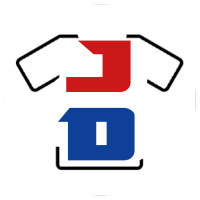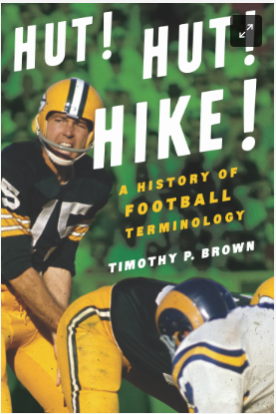Founded in 1901, the Baltimore Orioles hail from Baltimore, Maryland. So far, the franchise has won seven AL Pennants and been in three World Series. Though the original name was of a now-defunct minor League club, the current Orioles morphed from the St. Louis Browns and Milwaukee Brewers.
- The Orioles retired the jersey number 4 in honor of Earl Weaver.
- The Orioles retired the jersey number 5 in honor of Brooks Robinson.
- The Orioles retired the jersey number 8 in honor of Cal Ripken Jr..
- The Orioles retired the jersey number 20 in honor of Frank Robinson.
- The Orioles retired the jersey number 22 in honor of Jim Palmer.
- The Orioles retired the jersey number 33 in honor of Eddie Murray.
- The All MLB retired the jersey number 42 in honor of Jackie Robinson.
FAQ: When did the Baltimore Orioles start? A: The franchise was founded in 1901 as an MLB team. However, the franchise that would start the ball rolling and later become the Orioles was founded in 1894 as a minor league team based in Milwaukee, Wisconsin, called the Brewers. This is not the same Brewers we think of today however. The 19th century Brewers became a major league team in 1901 when the league -now called the American League—was elevated to major league status.





.jpg?https://jerseydispatch.com/pfeL/p/c312642c0431e75b485e432232c99c1c/website/Sports-History-Photo-of-the-Day/February-Images/February-9-Image/images/.640px-Armagh_Girls_High_School_Hockey_Team_(40590305352).jpg)

.jpg?https://jerseydispatch.com/pfeL/p/c312642c0431e75b485e432232c99c1c/website/Daily-Sports-Uniform-Number-History/February/February-8-Jersey-Numbers/Images/.Basketball_at_Pas-en-Artois,_France,_1918_(20166469838).jpg)
.jpg?https://jerseydispatch.com/pfeL/p/c312642c0431e75b485e432232c99c1c/website/Sports-History-Photo-of-the-Day/February-Images/February-8-Image/images/.640px-Arctic_Sisterhood_Basketball_banner,_Nome_(NOWELL_200).jpg)



